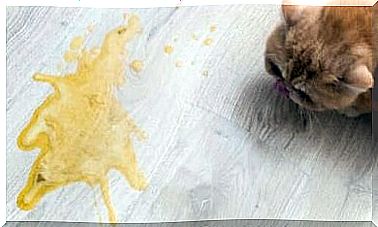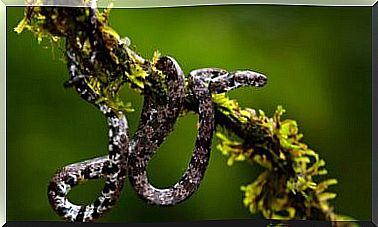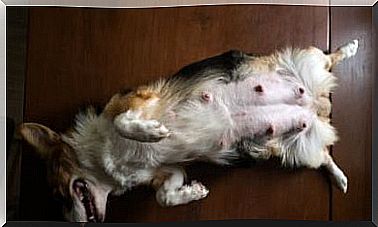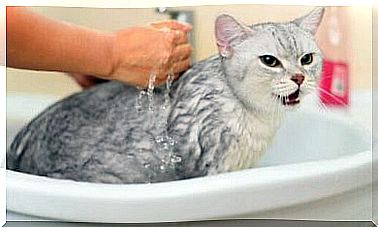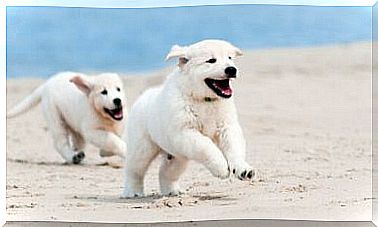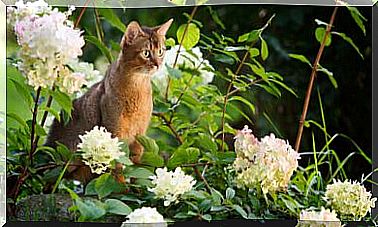What Are The Most Poisonous Plants For Pets?
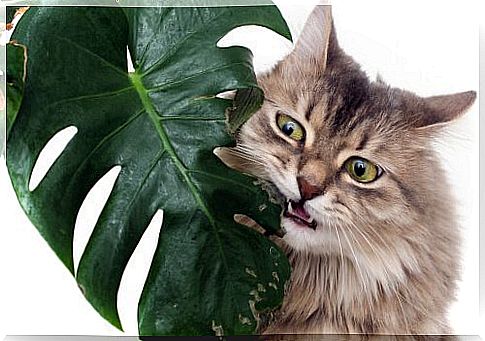
There are incompatibilities between certain domestic plants and the presence of pets, which tend to eat them despite our care. So it is helpful to know which plants are most poisonous to our pets.
Food poisoning is one of the most common situations in veterinary consultations. What happens is that, many times, the lack of knowledge of the owners about the toxicity of certain plants can mean having the “enemy” inside the house.
Although cats also eat some leaves sporadically, dogs are the ones who most often turn to certain plants to alleviate discomfort, which is traditionally known as purging. However, their tendency to approach any kind of “weeds” can lead them astray: this can cause them even serious injuries in the case of the most poisonous plants.
The most poisonous plants for pets in domestic and public environments
- Aloe vera . In general, plants included in the genus Aloe have a toxic sap, acibar , recognizable by its yellowish color. Unlike aloe vera gel, with curative applications, the sap can cause irritation to the skin or mucous membranes, gastrointestinal disturbances or even cardiac arrhythmias.

- Anthurium. It is one of the most poisonous plants because it contains calcium oxalate, both in the flower and in the stem. Its danger is accentuated due to its attractiveness, especially to cats. It stands out for causing facial swelling and tongue paralysis, in addition to vomiting and malaise.
- Tulip buds, daffodils and hyacinths. Due to their peculiar morphology, the buds placed in containers with water, or even buried, can be susceptible to small bites capable of causing gastroenteritis or contact dermatitis. Those responsible for these conditions are certain toxins, among which the alkaloids licorine and galantamine stand out.
- Glass of milk. Like anthurium, it produces calcium oxalate, mainly in flowers, so that the most frequent affections caused by it occur in the digestive system, in addition to causing facial edema and tongue paralysis.
- Adam’s rib. Common plant in homes and offices, characterized by its toxicity, mainly in its large leathery leaves. Causes mucosal irritation, excessive salivation, itching and facial swelling.
- Poinsettia. It produces a latex capable of generating contact dermatitis accompanied by itching and edema, in addition to various gastrointestinal disorders.
- Lilies or lilies. Virtually all species and varieties belonging to the genus Lilium are highly toxic in terms of leaves, flowers or even pollen. While they can cause relatively mild gastrointestinal problems in dogs, they pose a major threat to cats. In fact, the Food and Drug Administration (FDA) itself has warned about instantaneous acute kidney failure caused by ingestion.
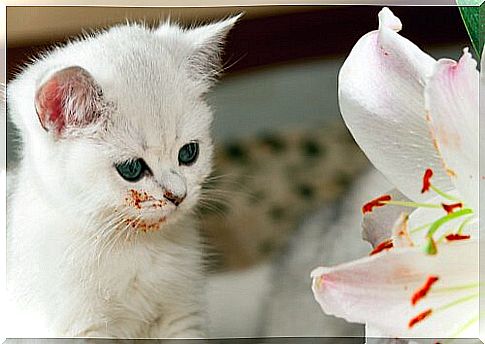
- Ivy. It causes allergic reactions with mucosal irritation, itching or even respiratory failure in the most severe cases. Symptoms generated by this type of plant are usually common due to its presence in gardens and parks.
- Nightshade. This wild plant, recognizable by its small white flowers and fruits similar to wild fruits, is characterized by being neurotoxic in its entire structure. Among the most common symptoms are vomiting, dilated pupils and the animal’s general weakness.
The list of dangerous plants for our pets is practically endless, mainly because it depends not only on the herbaceous species, but also on the animal in question.
As a general rule, all plants that secrete latex, have ornamental flowers or fruits similar to wild fruits, without forgetting cacti, represent a sign of danger. Therefore, the best thing to do is to get informed before buying any indoor plant, as well as watch over your pet in parks and gardens.


